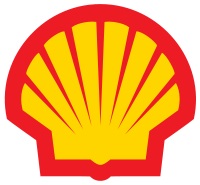

A rigorous steady state Ultra Low Sulphur Diesel (ULSD) kinetic model has been developed by Shell for various in-house applications in the areas of distillate desulfurization and product upgrading. The model was developed based on novel feed sulphur speciation techniques and incorporates detailed reaction kinetic networks. The model has been tuned using extensive dedicated pilot plant data and validated against pilot plant data as well as with commercial data.
The model is a part of an integrated process modeling suite with a user-friendly interface that is intended for broad use in a variety of applications, including real time optimization. The core model is developed in FORTRAN and contains the equations for the kinetic model, including those for feed characterization method and physical property predictions. The generic user-friendly Graphic User Interface (GUI) is developed in .NET and it interfaces the inputs and outputs, defines user access levels, accesses catalyst performance and property database, configures the model, carries out the calculations, and generates tailor-made reports. The Shell Global Solutions International (SGSI) interoperability layer, which is based on CAPE OPEN, acts as an interface between the model and GUI.
A CAPE-OPEN interface specification for petroleum-specific properties and refinery inspection properties has been proposed within the Refinery Reactors Special Interest Group at CO-LaN. Implementing this CAPE-OPEN iinterface specification will provide Shell a link to the Shell proprietary interface for process models.
